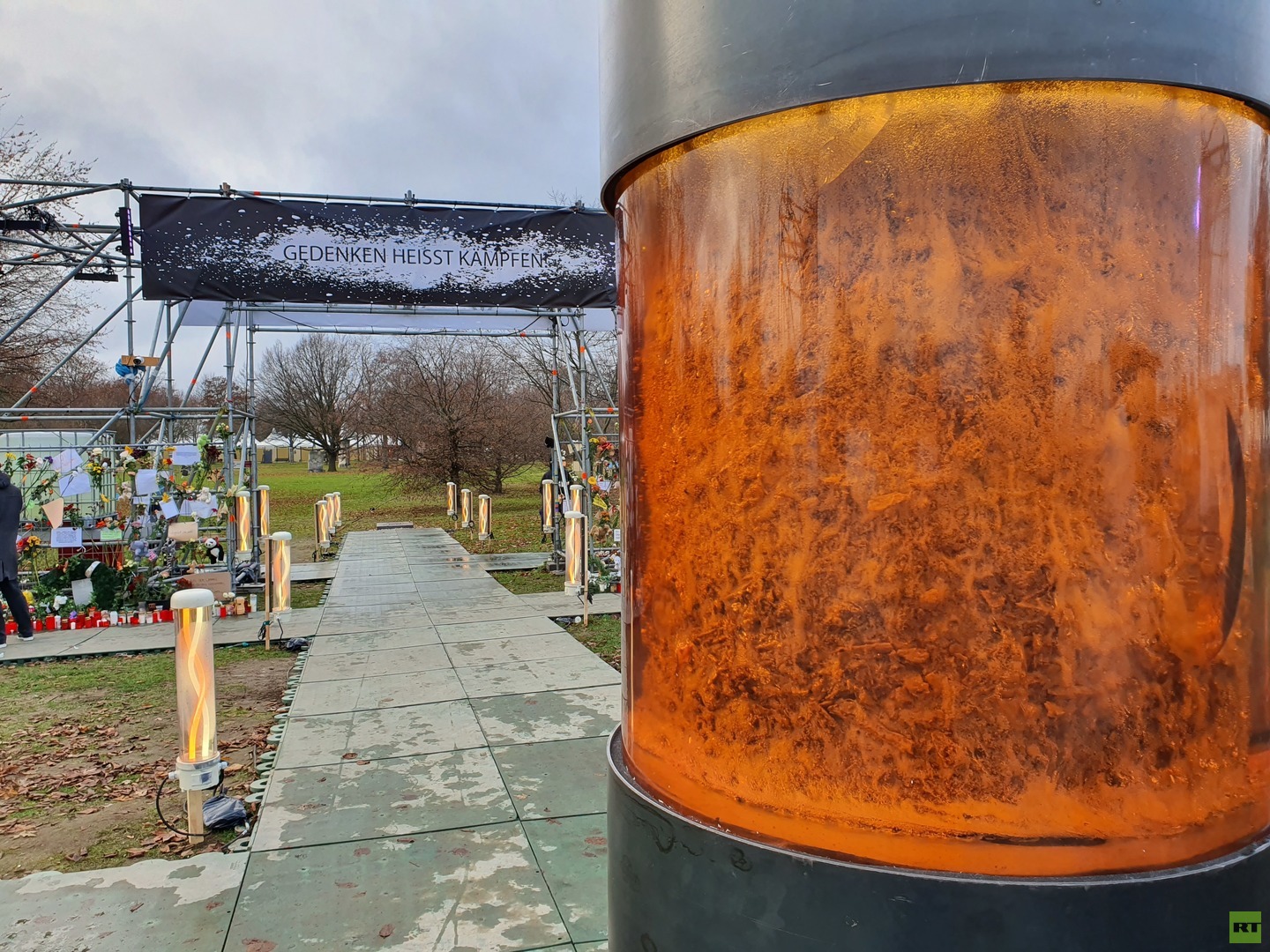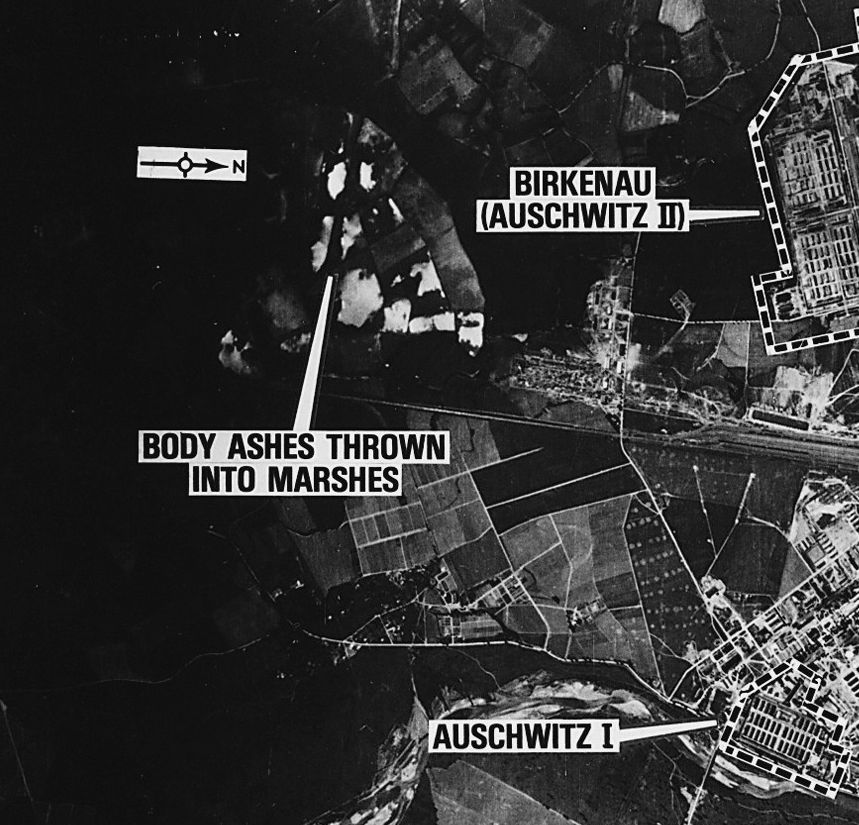I sent this message to a Polish user on another forum:
> Sorry, but what does the part in the middle of this sentence mean:
> > W kwietniu 1944 r. niedaleko Działdowa, w położonej wiosce Białuty ówczesny radca kryminalny SS Sturmbannfűhrer i kierownik wydziału tajnej policji krajowej (Gestapo) Wydział Zamiejscowy w Olsztynie na rozkaz inspektora Policji Bezpieczeństwa i Służby Specjalnej w Królewcu polecił swoim podwładnym, by w jego obecności pojedynczo zastrzelili przez strzał w kark 15 więźniów i zwłoki ich spalili, a zatrudnionych przy ekshumacji i paleniu zwłok ponad tysiąc osób złożonych w kilku masowych grobach w lesie bałuckim (Aktion 1005) których jako już nieżyjących świadków nacjonalistycznej masowej likwidacji należało usunąć.
> And also the beginning of this sentence:
> > Zatrudnionych przy ekshumacji i paleniu zwłok, ponad tysiąc osób złożonych w kilku masowych grobach w lesie bałuckim (Akcja odkopów „Specjalna Komisja 1005"), jako już nieżyjących świadków nacjonalistycznej masowej likwidacji należało usunąć.
> Do they mean something like that "over a thousand people who were employed in the exhumation and burning of the bodies were laid in several mass graves"? Or do they mean that "the people who were employed in the exhumation and burning of the bodies, along with over a thousand other people, were laid in several mass graves"?
> The source is these articles:
https://gdansk.ipn.gov.pl/pl2/aktualnosci/167903,Komunikat-ws-odkrycia-niemieckiej-zbrodni-w-Dzialdowie-Gdansk-13-lipca-2022.html,
https://gdansk.ipn.gov.pl/pl2/aktualnosci/80334,Odnaleziono-grob-cialopalny-Bialuty-2631-pazdziernika-2019.html.
He replied:
> It is written in bad Polish IMO, someone who wrote this is not a native Polish speaker maybe?
> But I think it means: "over a thousand people who were employed in the exhumation and burning of the bodies were laid in several mass graves".
> So it means that they executed prisoners, as well as workers employed in digging the graves.
The first Polish sentence I quoted above was machine-translated as: "In April 1944, near Działdowo, in the village of Białuty, the then criminal counselor of the SS Sturmbannfűhrer and the head of the secret national police department (Gestapo), the Olsztyn Branch, on the order of the inspector of the Security Police and Special Service in Königsberg, ordered his subordinates to shoot individually in his presence by shooting 15 prisoners in the necks and burning their bodies, over a thousand people employed in the exhumation and burning of the bodies were buried in several mass graves in the Baluca forest (Aktion 1005) who had to be removed as the dead witnesses of the nationalist mass liquidation." And the second sentence I quoted was machine-translated as: "More than a thousand people who were employed in the exhumation and burning of the corpses, were buried in several mass graves in the Baluca forest (Excavation Action "Special Commission 1005"), as the dead witnesses of the nationalist mass liquidation, had to be removed."
So it's another inconsistency with the testimony of Stefan Runo, who said that there were only 32 people from the camp who helped with burning the bodies (
https://docplayer.pl/19054121-Oboz-koncentracyjny-soldau-przyczynek-do-monografii.html):
> In turn, Stefan Runo on September 16, 1947 testified: "In 1940 mass executions of Poles and Jews took place in the forest, 3 km away from Białuty. I heard the shots. The German forester Kirschhorn, who is currently in Westphalia, informed me that about 15,000 Poles and Jews had been liquidated. The corpses laid in two graves: Division I for Poles and Division V for Jews. In April 1944, Germans in black clothes with death's heads (there were three of them), and 17 field gendarmes, with the help of 32 people from the camp, burned the bodies in the grave, Division I and Division V. I was then employed in arranging wood on the piles on which the bodies were burned. 150 corpses were burned daily, and they were burned for a whole month. Then the ashes of all the murdered were buried in the grave of Division V [...] From the wife of a German, Kirschhorn, I learned that one of the Gestapo officers told her that in the graves of Division I and V there were about 15,000 bodies of Poles and Jews who allegedly did not want to to work or were involved in smuggling. I straighten it, the bodies were burned not by the gendarmes, but by prisoners supervised by gendarmes."[10]
And why would they have needed over a thousand prisoners to help with exhuming and burning the bodies anyway?






